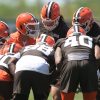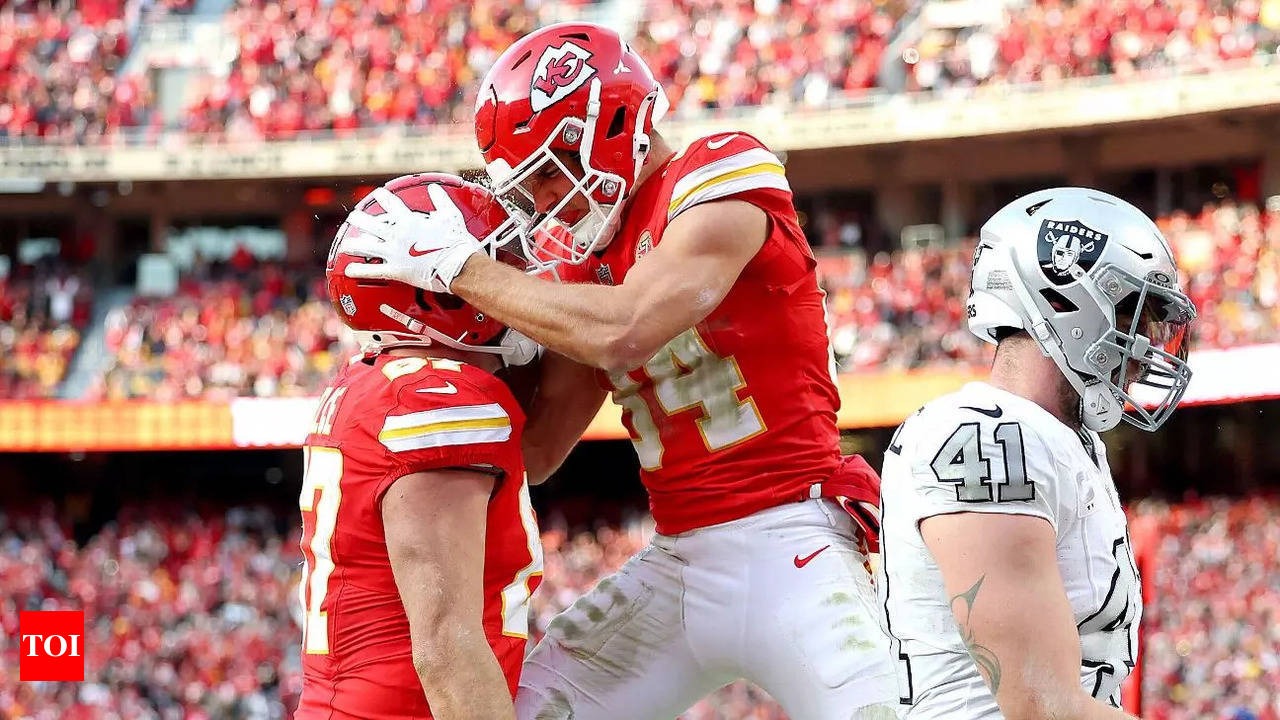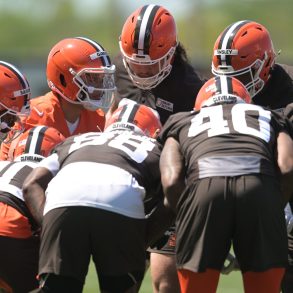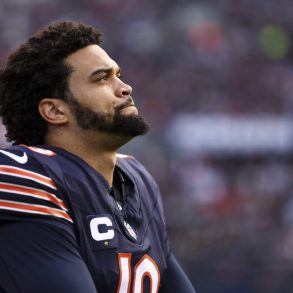The NFL will involve its Competition Committee in talks about using technology to measure the virtual line-to-gain next season, but officials will still be the ones to spot the football.
There is no technology being considered that will help with determining forward progress. This became a topic of discussion after Josh Allen was stopped short on a fourth-and-1 play early in the fourth quarter of Buffalo’s 32-29 loss to Kansas City in the AFC championship game.
The league tested Sony’s Hawk-Eye tracking services for virtual line-to-gain measurements during the preseason and also in the background during the regular season. The best tracking system alerts officials immediately if a first down was made after the ball is spotted by hand.
The important point is that it works after the ball is spotted. This technology will replace the chain measurement system. The NFL has used two bright orange sticks and a chain, known as the chain gang, to measure first downs for a long time. That method will still be used as a backup.
“What this technology cannot do is take the place of the human element in determining where forward progress ends,” NFL executive Kimberly Fields told. “There will always be a human official spotting the ball. Once the ball is spotted, then the line-to-gain technology does the measurement itself.
So I think it’s probably been a point of confusion around what the technology can and can’t do. There will always be a human element because of the forward progress conversation.”
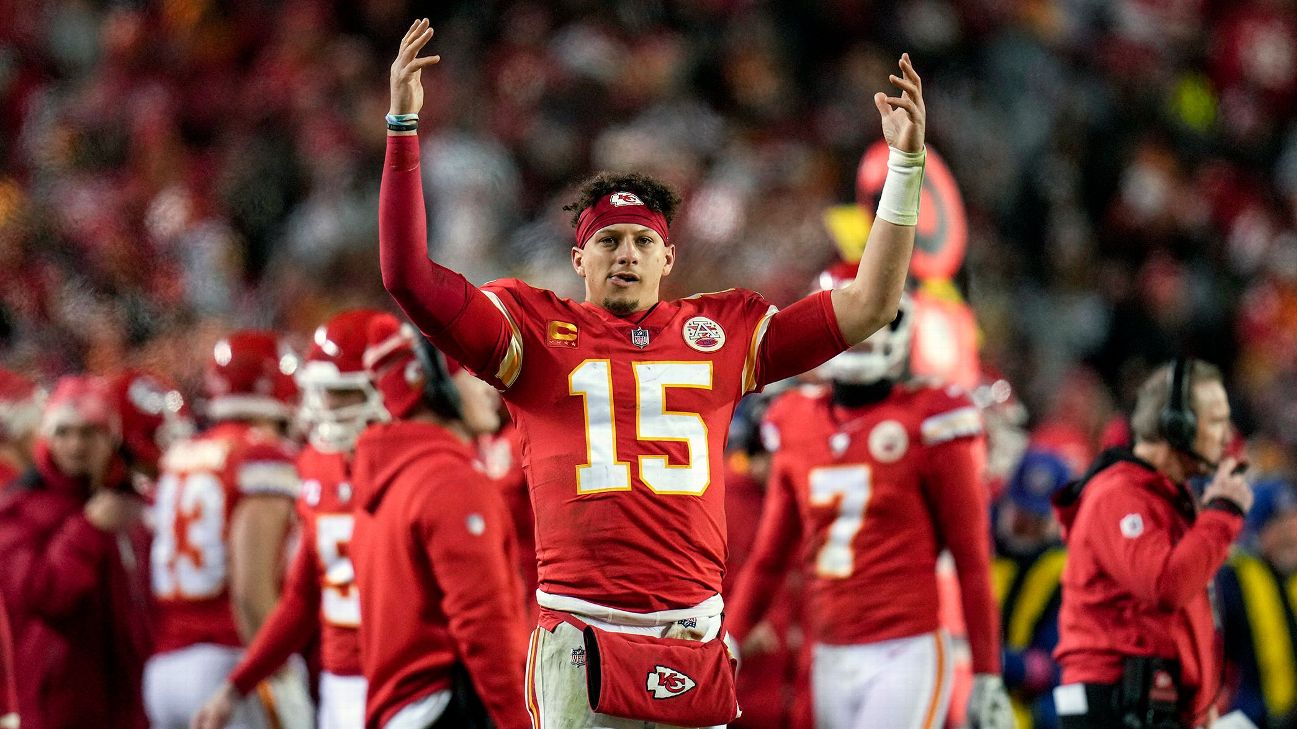
Fields mentioned that an average of 12 measurements took place each week during the regular season. With the new technology, the time spent measuring would be reduced from 75 seconds to 35 seconds.
NFL balls have had Zebra microchips since 2017, which power the NFL’s Next Gen Stats data product. These chips are also attached to players’ pads.
They provide data and stats that help teams, media, and fans with player analysis and team performance. However, these chips cannot determine exactly where a player was tackled, if a player is down by contact, or which team gained possession of a loose ball in the way that officials need for making decisions.
The league also started using boundary line cameras in Week 5 to help with replay reviews. These cameras were placed in each of the 30 stadiums along the end line, goal line, and sideline. Their use was limited to scoring plays, plays under two minutes, and turnovers.
There are discussions about expanding their use to coaches’ challenges and replay assistance, but this would need approval from the Competition Committee.
Fields also mentioned that the league tried giving back judges smartwatches to help with getting objective information to make quicker decisions, especially concerning the play clock.
“We want to make the game efficient and more accurate,” Fields said. “The things that we do around technology, if it’s not going to make the process better, if it’s not going to assist our officials, then we shouldn’t be doing it. Everything that we do is going through a rigorous testing process to make sure we are making things easier and more efficient.”
